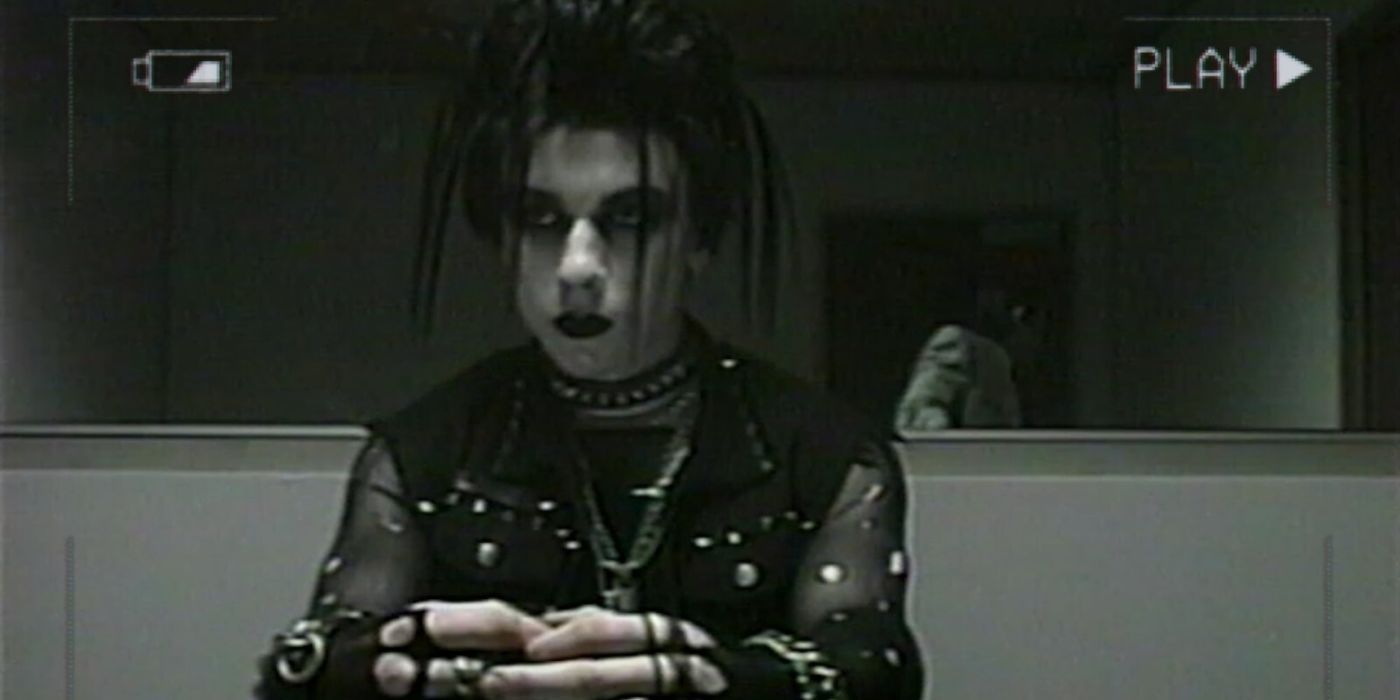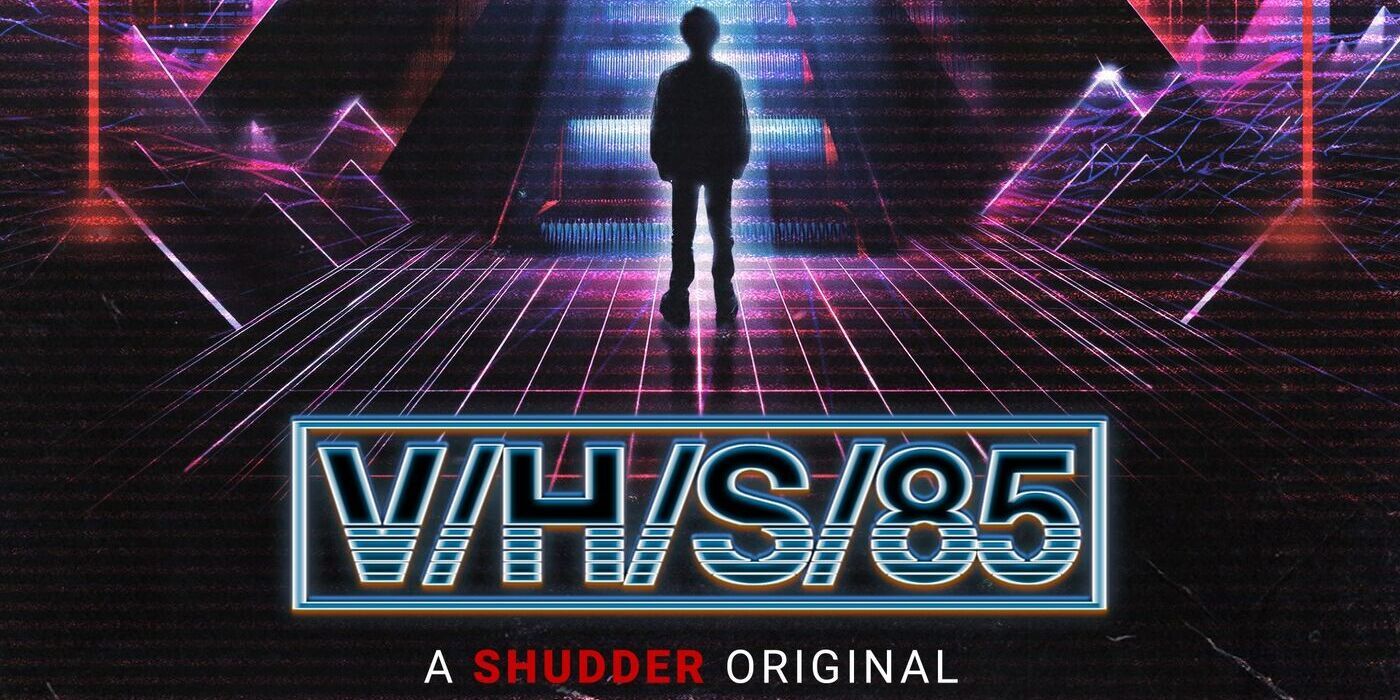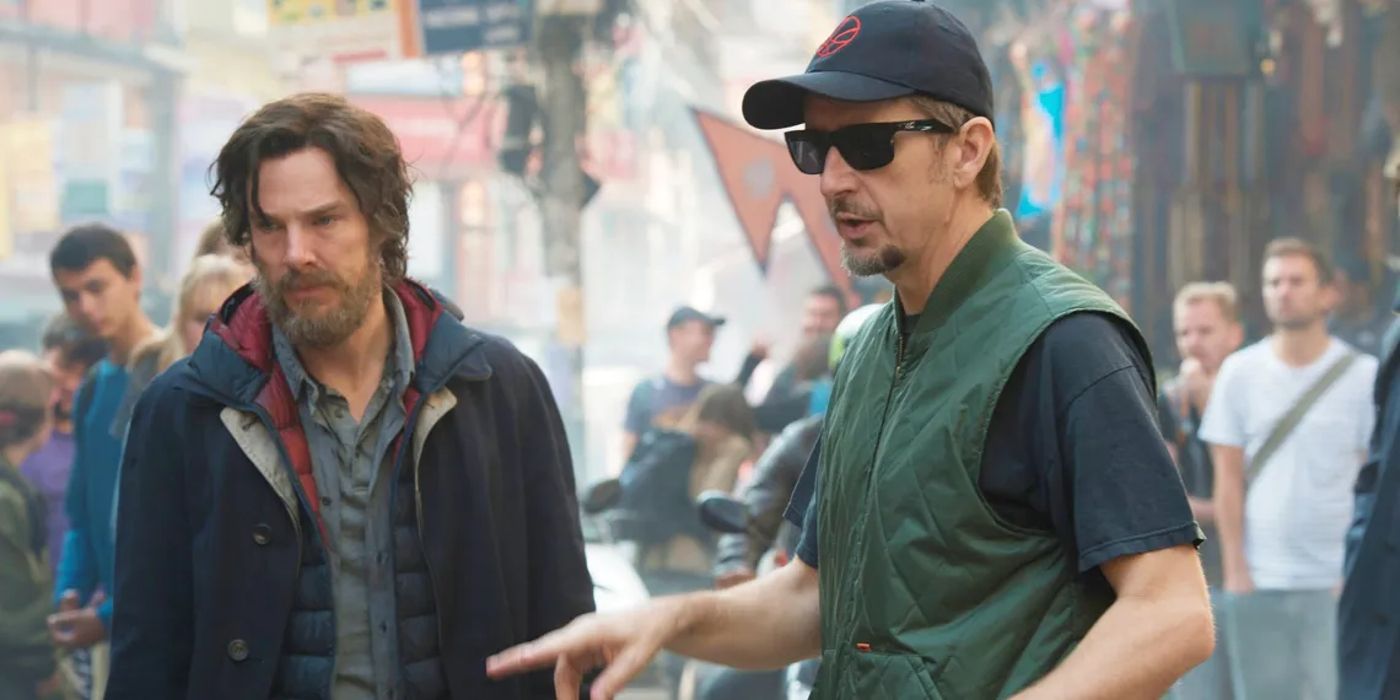To kick off Halloween month, Shudder has released V/H/S/85, the sixth entry in the found footage horror anthology franchise. Among the shorts featured in the film is "Dreamkill," which is helmed by Doctor Strange and Sinister director Scott Derrickson. "Dreamkill" tells the story of a detective who receives ominous videotapes depicting murders that have not yet been committed. The short also follows a teen named Gunther who has vivid dreams that may be able to help crack the case.
Scott Derrickson sat down with CBR for a chat where he revealed that "Dreamkill" and his 2021 horror flick The Black Phone are set in the same universe. Derrickson also opened up about the short's intense filming process, following the rules of found footage, and living up to the best shorts in the V/H/S franchise.
CBR: How did the conversation about making a short for V/H/S initially come about?
Scott Derrickson: It started because my wife [Maggie Levin] went for V/H/S/99. And they were just on the phone with the producers who said, "Hey, you don't think Scott would want to do one, would you?" She was the one who encouraged me to at least consider it. For me, the key issue is being able to find a way to expand the mythology of what found footage can be. To expand but not break the rules. I abide by the rules of the found footage film, but I certainly stretch and bend them in a way that I think [is] innovative. That was the starting point for me. If I wasn't going to do that, I don't think I would have been interested in doing a short for the film. So that was the first point of getting involved.
That makes a lot of sense, because "Dreamkill" does deviate from the formula of many of the other V/H/S segments throughout the franchise. Was that always the intention?
Yes and no. There's nothing in the movie that is not justifiably something that could have been found and assembled. Any image in the film that doesn't have a justifiable camera operator is from closed-circuit TV footage. Anything else is footage from dreams that were magically recorded on VHS tapes, which is the concept of the short. I feel very strongly about this. I've read two reviews now that say that I broke the rules of found footage; I didn't. I've just got some tapes that have some magical footage on them. But those are only seen in the film from the point of view of characters watching those tapes. And again, what was interesting to me was to not break the rules, but to give the audience an unexpectedly expansive experience of what these films will be.
"Dreamkill" was different in certain elements, like having POV shots of the killer and the use of "Hamburger Lady" by Throbbing Gristle in its soundtrack. It was also reminiscent of one of your previous films, Sinister. Did you mean to evoke that connection?
The short more specifically draws from The Black Phone. The dreams that Gwen had in Black Phone, which were the Super 8-style dreams showing prophetic images and surreal imagery -- that's what I was drawing on specifically, tying into that ability. In fact, [Gwen's] mentioned in the movie. Wen James Ransone['s character Bobby] says that his sister had the same gift, she had these prophetic dreams that drove her to suicide, and Gunther's cousin Gwen has it too -- those are Black Phone references. I was playing with the idea of the same gift of dreams, which is visually represented the same way: through surrealist Super 8 footage.
The similarity between Sinister and "Dreamkill" is the same similarity that you see between The Black Phone and Sinister, which is letting the audience have an unedited, visceral experience of watching something transgressive. In Sinister, you're literally looking at Super 8 films that have murders on them. And in "Dreamkill," you're watching VHS tapes. You're literally watching a VHS tape that is a surreal recording of somebody's dreams that are a prophetic vision of a murder that hasn't happened yet. That's the fantastical, supernatural concept that I thought was really fun to play with, and it was also fun to try to create a hybrid between that and a detective/serial killer story within 22 minutes.
If you're going to do a sixth installment of a franchise like this, you'd better start trying some new ideas. I really wanted to get to know the characters immediately, get their backstories, and make them real characters in a real narrative. I didn't want to do the same thing I've seen so many times where you spend 10 minutes with characters wandering around talking to each other, just so you can get their faces and names down. I wanted to make a compact short film with a three-act structure and a beginning, middle and end, which was challenging, but I think we pulled it off.
Was "Dreamkill" an idea that you had in mind prior, or just something that you thought of for V/H/S/85?
"Dreamkill" is all a result of being asked to do V/H/S/85. When I was initially asked to do it, I spent two days staring at a fireplace in the afternoons, thinking about what would motivate me to do it, and it really ended up being about expanding the form. I thought, "If I can find a way to do a V/H/S segment that stretches, bends, and expands what we're used to seeing in these kinds of films, then I would do it." And then I came up with the idea of what if people were watching VHS tapes that have these murders on them, but they're seeing these murders before they actually occur. The second idea was to tie it into The Black Phone world with the thought of "Oh, these are somebody's dreams. And they're imprinting on this these VHS tapes." That's cool. That's a novel idea that is a long way from anything I've seen before. Then the next thing was to turn it into a serial killer/detective story and to create the characters.
How did you film the killer's POV shots?
It was different for each one. The toughest one was the real stunt-driven one with the guy who gets murdered. I had a stuntman wear a POV helmet. So it was one stuntman photographing the movie while he performed the stunts with the stuntman [who] was on camera. It wasn't the cinematographer. It was just filmed by having a stuntman wear a head rig, which I wanted because part of the idea of the dream was to show the point of view of the killer. And by the way, if you want to discuss "Hamburger Lady"... I think that Gunther knew that song. It was important for me to pick a song a Goth kid from the 1980s might know, and [that] might seep into his dreams.
Would you ever make a feature version of "Dreamkill"?
No. I think that it has a three-act structure and characters with real backgrounds and all that, [which] makes people go, "It's like a distilled feature, Why don't you do it as a feature?" I don't think it's a feature-length idea. I think it was a really cool idea -- a very compact, surprisingly dense, viscerally powerful short film, and that's what it should be. I don't think it should be turned into something else.
Part of the reason why I made "Dreamkill" is that I looked at "Safe Haven" [from V/H/S/2] and "Amateur Night" [from V/H/S] -- these really great shorts in the franchise -- and I wanted to make a film that good. I wanted to make a short horror film that was as good as some of the best ones in the V/H/S franchise. But at the same time, I'll say that it's unfortunate for the filmmakers that everybody wants to rank the shorts. I understand why they do. But it's tough on us, unless you're the one who has made the best one -- but then it's tough on the rest. [Laughs].
V/H/S/85 is now available on Shudder.



